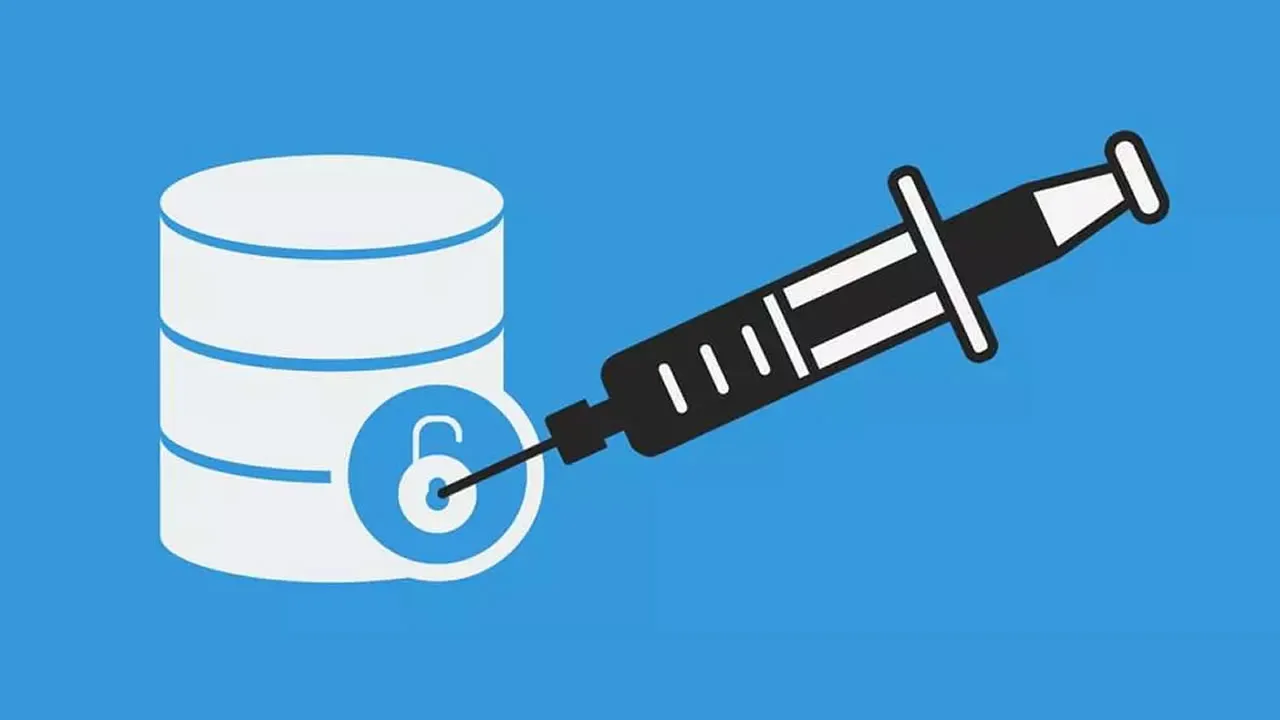SQL injection | SQL Injection Attack Tutorial | Cybersecurity Training
Learn about SQL injection attacks, how they work, and how to prevent them. This guide is perfect for beginners who want to learn about this important security topic.
This video will give you an introduction to SQL Injection Attacks. This video will give you an exhaustive on the fundamentals of SQL Injection and teach you how to use SQL Injection to hack a Web Application and also how to prevent it.
Topics Covered :
00:00:00 Introduction
00:00:55 Agenda
00:01:18 What is SQL Injection
00:02:58 How SQL Injection Works
00:10:08 How to Use SQL Injection
00:17:03 How to prevent SQL Injection
SQL injection is a type of code injection attack in which malicious code is injected into a database through a web application. The attacker can then use this code to manipulate the database, steal data, or even take control of the application.
SQL injection attacks are a serious security threat, and they can be difficult to prevent. However, there are a number of things that can be done to mitigate the risk, such as using prepared statements and input validation.
Here are some of the ways that SQL injection attacks can be carried out:
- By inserting malicious code into a form field
- By submitting a specially crafted URL
- By exploiting a vulnerability in a web application's code
Once the malicious code has been injected, the attacker can then execute it by submitting the form or visiting the URL. The code can then be used to manipulate the database, steal data, or even take control of the application.
To prevent SQL injection attacks, it is important to use prepared statements and input validation. Prepared statements are a way of pre-compiling SQL queries, which can help to prevent SQL injection attacks. Input validation is the process of checking user input for malicious content.
Here are some additional tips for preventing SQL injection attacks:
- Use a secure programming language, such as PHP or Python.
- Keep your software up to date.
- Use a web application firewall (WAF).
- Educate your users about SQL injection attacks.
By following these tips, you can help to protect your web applications from SQL injection attacks.
Here are some of the consequences of a successful SQL injection attack:
- Data theft: The attacker can steal sensitive data from the database, such as usernames, passwords, credit card numbers, and social security numbers.
- Data modification: The attacker can modify data in the database, such as changing account balances or deleting records.
- Denial of service: The attacker can crash the database or make it unavailable to legitimate users.
- Website takeover: The attacker can take control of the website and use it for malicious purposes, such as spreading malware or phishing attacks.
If you think that your website has been compromised by a SQL injection attack, it is important to take steps to mitigate the damage. This may include:
- Resetting passwords for all users
- Deleting any malicious code that has been injected into the database
- Scanning the website for other vulnerabilities
- Reporting the attack to the authorities
By taking these steps, you can help to protect your users and your website from further damage.
#sql #security
